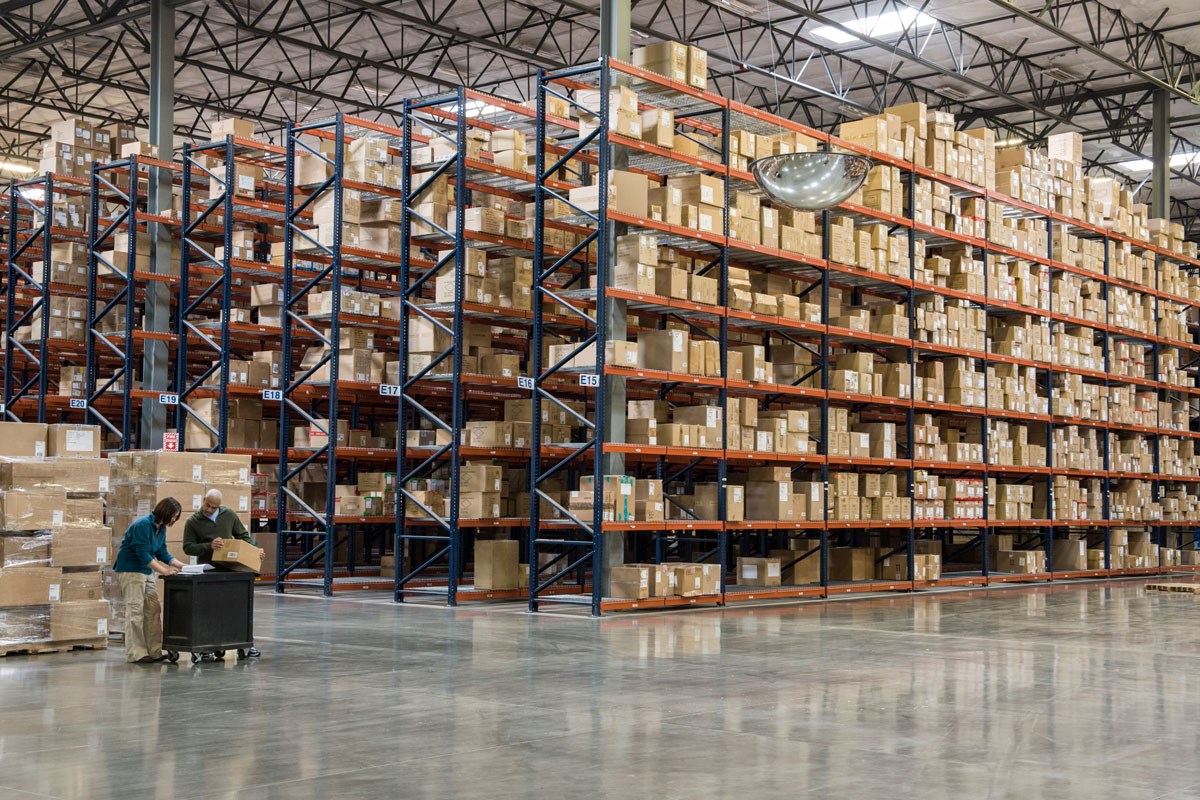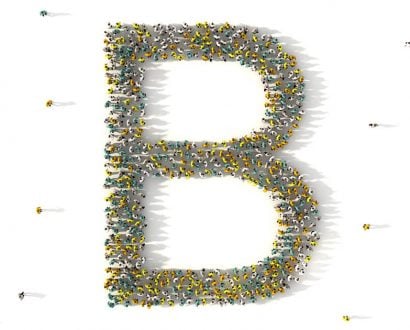While ongoing transmission suppression and social and economic recovery are naturally the focus this year, WHO states we must also “recover better”:
“We simply cannot return to where we were before COVID-19 struck, with societies unnecessarily vulnerable to crisis.”
So, if thriving in 2022 means more than simply returning to the way things were, how exactly should business go about it?
Learn from the past
In 1849, French writer Jean-Baptiste Alphonse Karr wrote “plus ça change, plus c’est la même chose” – that is, “the more things change, the more they stay the same”.
The quote from 150 years ago is still as relevant today.
Previous crises were followed by unprecedented business booms: the 1920s boom after the 1918 influenza pandemic and World War I; the 1950s post-war boom; Australia’s 27-year economic growth streak following the painful early 1990s recession.
Such booms are not limited to man-made crises either. Natural disasters typically lead to an infrastructure boom, as damaged property is rebuilt.
In the case of this pandemic, the recovery boom targets infrastructure of a different kind: enhancement of digital tools quickly introduced in response to lockdowns; reinforcing stressed supply chains; rebuilding fragmented workforces.
Follow the money
American consumers, the The New York Times reports, are sitting on a trillion-dollar cash stockpile, the result of months of lockdown-induced saving and successive rounds of stimulus.
It is a similar situation here in Australia: the Australian Financial Review last year proclaimed “households have squirrelled away more than A$140 billion [US$100 billion] since the start of the coronavirus pandemic”.
The latter pre-dates the extended lockdowns of the second half of 2021 and the Omicron outbreak, both of which saw consumers sit on their hands and hoard even more cash.
So don’t be fooled into thinking subdued consumer spending in early 2022 is due to a lack of funds.
Be customer-centric
Walmart Founder Sam Walton once said: “There is only one boss. The customer. And he can fire everybody in the company from the chairman on down, simply by spending his money somewhere else.”
In modern times, we refer to this as “customer experience”.
Post pandemic, a horde of frustrated customers will hit the market seeking satisfactory relationships with brands that, in part, embrace our new-found focus on health and wellbeing. Their experience could make or break businesses.
The question for business is, therefore, whether to continue operating under the same tight cost control that assisted them to survive the pandemic, or risk investing in over-servicing customers to ensure their ‘boss’ enjoys a positive experience.
“If experience isn’t your strategy, you’re doing it wrong,” proclaimed a report by big-four accounting firm PwC.
It found that 80 per cent of American consumers value speed, convenience, knowledgeable help and friendly service above all else when it comes to customer experience. This from one of the most technology-enabled economies on earth.
It suggests that human interaction still takes precedent, no matter the sophistication of technology-empowered interactions.
Remember to smile
Some suggest that a smiling face with product knowledge can outsell all other alternatives.
And there is some science to support the belief that happy staff create happy customers: a phenomenon known as ‘emotional contagion’.
Essentially, our mirror neurons work when we are exposed to a recognisable facial expression. If that facial expression is happy, our mirror neurons make us brighten up automatically.
Given that many businesses are strapped for cash, consider getting back to basics as the hordes of cashed-up customers seek human relationships delivering a positive customer experience.
As Sir Richard Branson once said: “Train people well enough so they can leave; treat them well enough so they don’t want to.”
Because for the cost of implementation (ie, nothing), a smile delivers one hell of a return on investment.
Alan Manly OAM is the CEO of Universal Business School Sydney and author of The Unlikely Entrepreneur.
Read next: How high-performing companies use failure as a growth tool







